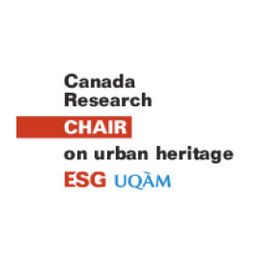What can analysis of a modest two-story office building designed by Québec-born architect Maurice Mainguy in the mid-1960s to house a Bell Canada regional administrative office in Sillery teach students about North American architecture? When investigated from multiple perspectives and read against current historiography, it reveals much about everyday work environments that architects are regularly called upon to renovate.
1 Incorporating up-to- date environmental controls white-collar employees had come to expect of a mechanically-serviced hermetically-sealed shell, conventionally-trained architects drew inspiration from widely-published models yet adapted them to site specific considerations. The elegant black granite-clad façade of this reinforced-concrete structure accommodated class sensibilities and, along with the argument that corporate offices would diversify the city’s tax base, convinced citizens to vote yes to amend zoning bylaws to allow overlay of commercial activity onto an emerging upper-middle class residential suburb. This paper documents the lessons learned from careful examination of a single ordinary building and its context as an entry point to understanding larger narratives and layered interpretations about modern architecture in Québec and Canada.
1 This research stems from an experiment in pedagogy. Rather than teach a conventional lecture-based survey of North American architecture, learning is centered around a collective research project that drives exploration of primary and secondary source documents. Each student brings his or her interpretation of the same site starting from a particular research question he or she has developed. That way we cover different aspects of the history of the built environment while considering diverse dimensions of the case study.

Discussion